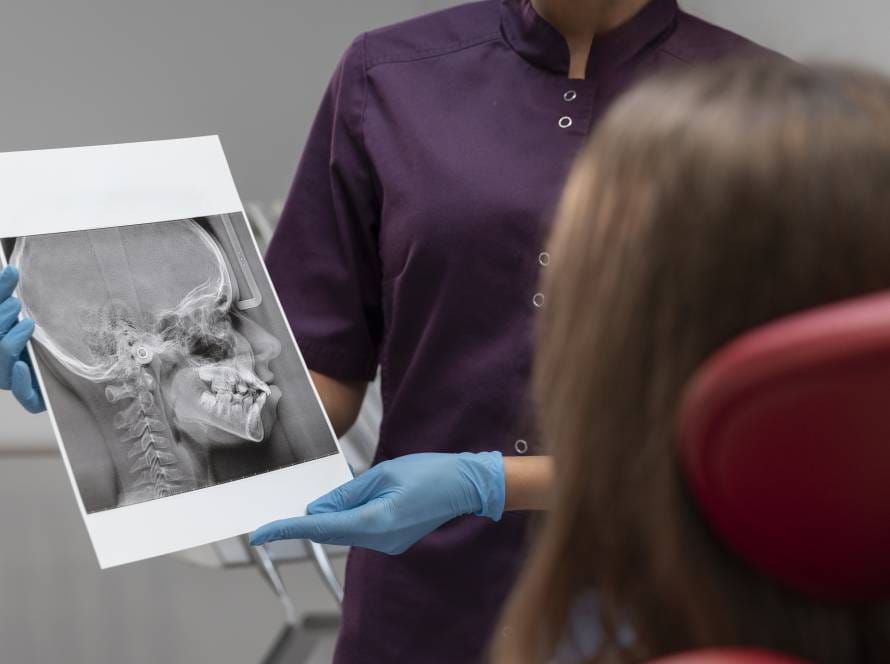Orthognathic surgery, i.e. jaw surgery, is a serious and planned procedure aimed at correcting the position of the jaw bones. One of the most frequently asked questions of patients after this surgery is the following:
"Will my jaw slip again after the operation?"
The answer to this question: No, the jaw will not slip again - this is only possible with a correct healing process.
How to Keep the Jaw Stable?
After surgery, some important supports are applied to permanently fix the jaw in the new position. One of the most critical elements is the intraoral elastics.
What do intraoral tyres do?
In the postoperative period, doctors give patients small, flexible intra-oral elastics. The main purpose of these elastics
- Adjusting the jaw muscles to the new position
- To break the old habits of the muscles and ensure that they move in harmony with the new position
- Helping to maintain the jaw position achieved by surgery
Physical Adaptation Process
Correction of the bone structure is not enough. At the same time, the muscles around the jaw must also adapt to this new structure. Therefore, in the period after surgery:
- Physiotherapy-like exercises
- Regular use of tyres
- Full compliance with physician controls
ensures the success of the treatment and stabilisation of the jaw.
Permanent Result with Regular Application
If the instructions are followed, the jaw will not slip again. Regular use of the tyres, controlled muscle guidance and the care process recommended by the physician ensure that the jaw adapts to the new position in a healthy way.




